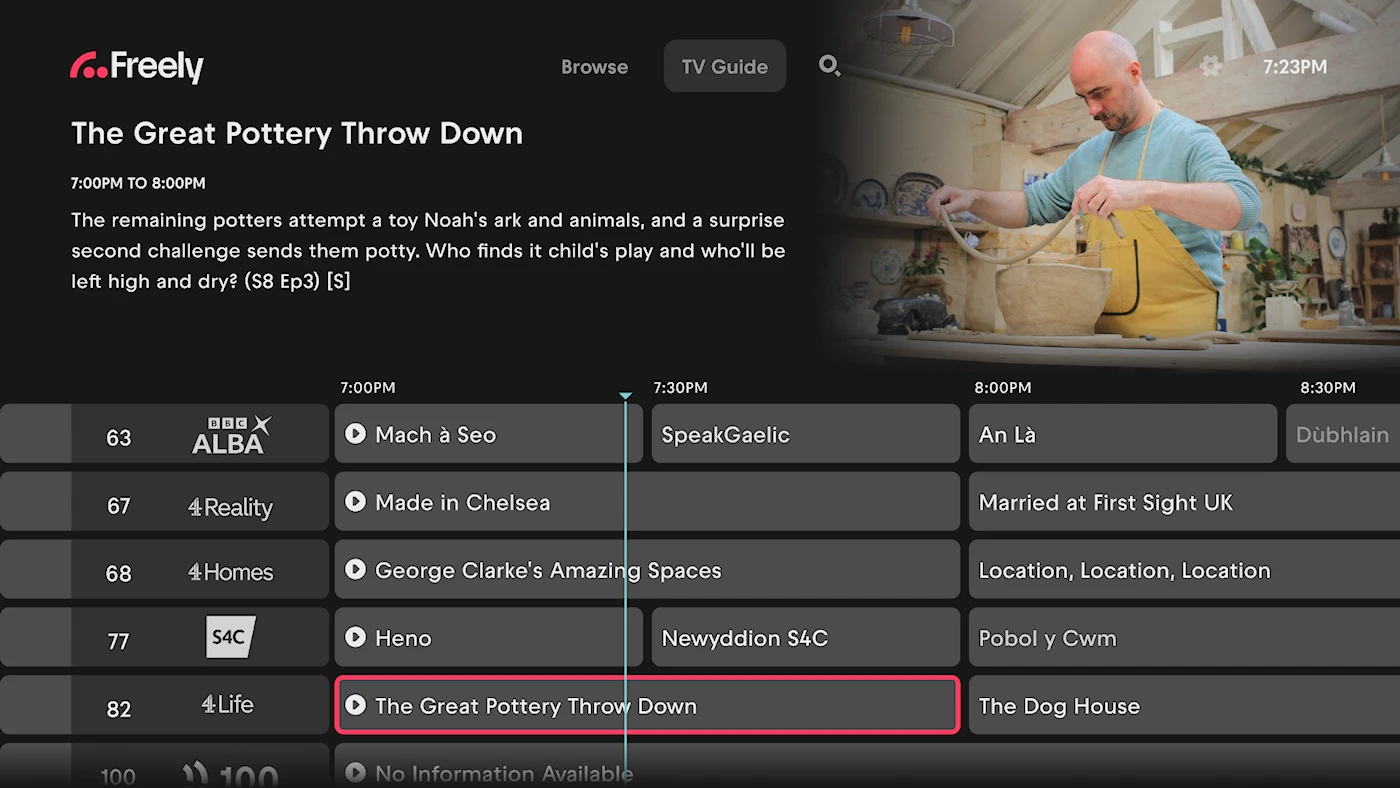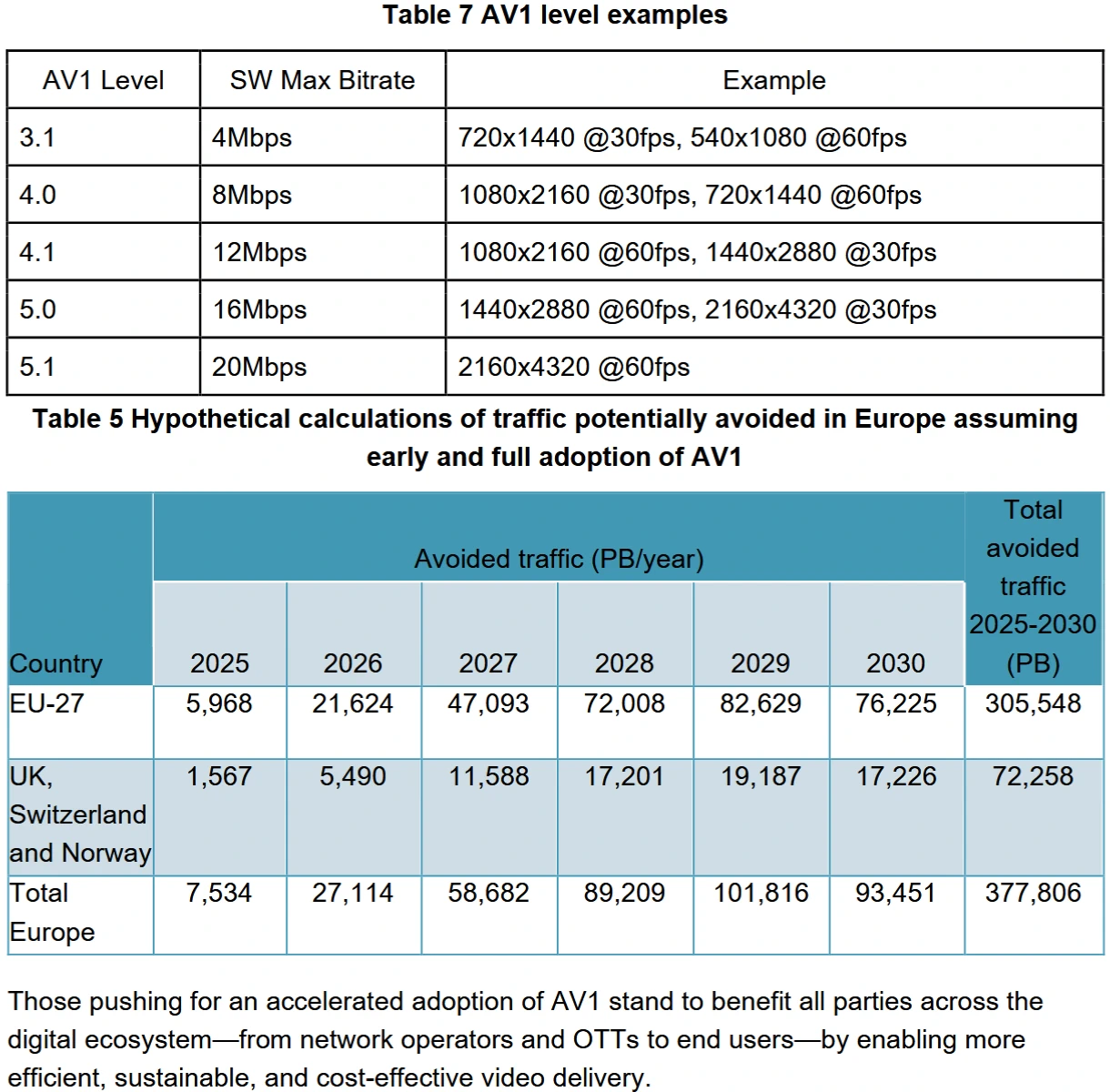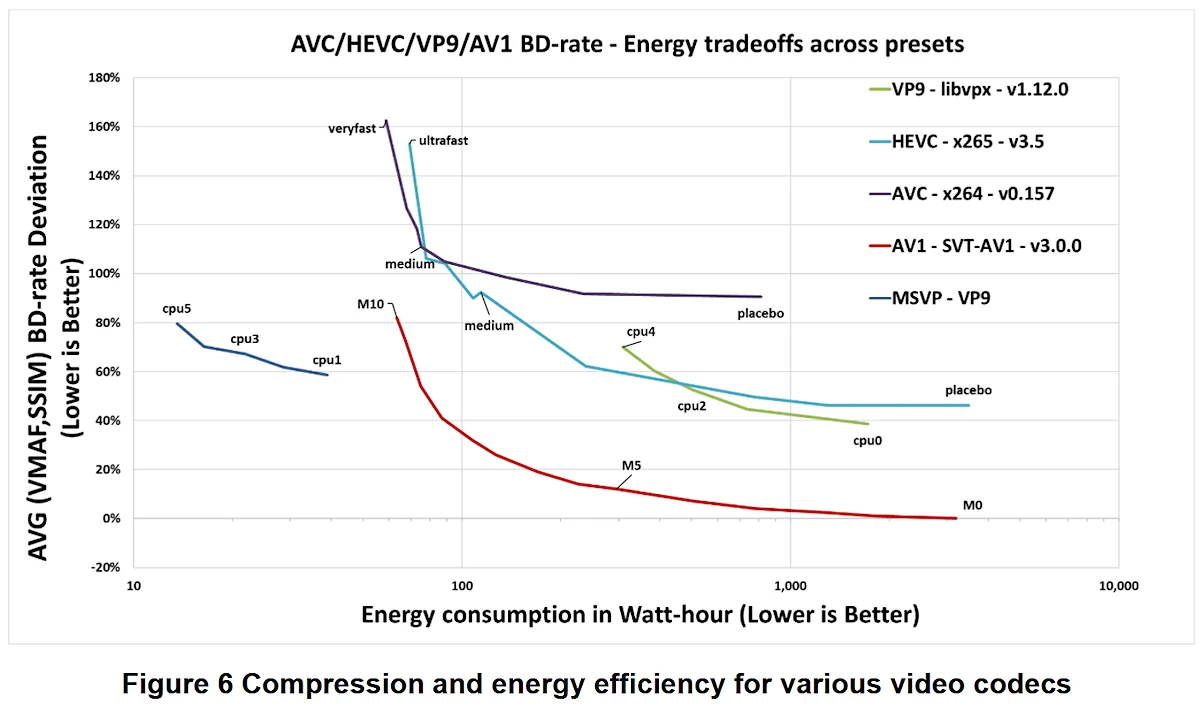Original article Total Telecom:

The Connected Britain Awards winners have been announced, following a highly successful Connected Britain conference
With a record-breaking number of entries this year, the Connected Britain Awards 2025 showcased the most innovative and exciting elements of Britain’s ever-growing and rapidly evolving digital economy. This year’s shortlist included a fantastic array of diverse organisations and individuals, all of whom were highly deserving of praise.
A big thanks to all our award presenters and to our expert panel of judges for lending us their expertise in selecting the winners.
B2B Service Provider of the Year
The B2B Service Provider of the Year award recognises a company going above and beyond to serve business customers, not just through connectivity, but through outstanding operational delivery.
This year’s winner stood out for their hands-on support of major industry players, their consistent investment in service excellence, and a strong track record of results that speaks for itself.
Winner: Nets International Group
Digital Skills Award
The Digital Skills Award celebrates projects that tackle skills gaps and broaden access to digital learning.
This year’s winner stood out for directly addressing digital exclusion, reaching thousands of children and educators, and embedding digital confidence across the education sector. The judges praised the initiative as a scalable, inclusive model with truly impressive results.
Winner: Three UK – Three Discovery – Empowering in Education
Highly commended: Liverpool City Region Combined Authority – Digital Inclusion Initiative
Broadband Provider of the Year
The Broadband Provider of the Year award recognises a broadband provider that truly puts its customers and communities at the heart of everything it does.
With industry-leading retention, outstanding customer feedback, and strong partnerships across housing and local organisations, this winner sets a benchmark for service, innovation, and trust in the broadband space.
Winner: Lightning Fibre
The Access Innovation Award
The Access Innovation Award recognises breakthrough initiatives that deliver connectivity where it was once thought impossible.
This year’s winner impressed the judges with an ambitious engineering project in one of the UK’s most remote communities, deploying subsea fibre and innovative network design to overcome extreme challenges. The result is reliable, high-quality broadband that respects the local environment and transforms life for residents – a powerful example of access innovation at its best.
Winner: Openreach – Baltasound, Isle of Unst, Shetland
Highly commended: Dorset Council
The Smart Places Award
The Smart Places Award celebrates the transformative use of connectivity, data, and technology to improve lives and communities.
This year’s winner stood out for tackling both rural and urban challenges head-on, deploying cutting-edge 5G OpenRAN networks and smart infrastructure to deliver tangible benefits. The judges praised it as a bold and forward-looking model for what a smart place can achieve.
Winner: Cambridgeshire Open RAN Ecosystem (CORE HDD) Consortium – Cambridgeshire County Council, AWTG, Benetel, Ontix, Gooi, Wolfram, University of Surrey & University of Cambridge
The Industrial Innovation Award
The industrial Innovation Award shines a light on how digital transformation is reshaping the backbone of industry.
This year’s winner took a sector that had long relied on traditional methods and injected it with the power of private 5G, revolutionising productivity, improving quality, and delivering huge efficiency gains. Judges described it as a remarkable demonstration of what happens when cutting-edge connectivity meets real-world manufacturing, setting a new benchmark for industrial innovation in the UK.
Winner: Ayrshire 5GIR Project and Anderson Stewart Castings
The Barrier Removal Award
The Barrier Removal award celebrates initiatives that have broken down the toughest obstacles to connectivity rollout.
This year’s winner impressed the judges with a unique industry-wide collaboration that removed long-standing commercial barriers, transformed rural coverage, and delivered results ahead of schedule. By tackling partial not-spots on a national scale, the project is ensuring more communities can benefit from equitable access to mobile connectivity.””
Winner: Mova, on behalf of EE, Three, VMO2 and Vodafone for their work on the Shared Rural Network programme
Highly commended: Glasgow City Council
The Startup Award
Winner: NodeQ
Highly commended: Unified Telecoms Supplier
The Sustainability Award
The Sustainability Award recognises projects that put environmental responsibility at the heart of telecoms.
This year’s winner impressed the judges with a practical, large-scale initiative to cut emissions, consolidate infrastructure, and embed sustainability into everyday operations. With clear evidence of energy efficiency gains, a strong commitment to the circular economy, and real social impact, it demonstrates how major players in our industry can lead by example.
Winner: BT Group – Networks Data Centre Optimisation Programme
Digital Council of the Year
The Digital Council of the Year award highlights councils that have embraced digital transformation.
This year’s winner has embraced digitalisation with purpose and clarity, delivering real improvements in public services, from smarter infrastructure and sustainable transport to enhanced care and connectivity. Their collaborative, tech-forward approach is helping redefine what local government can achieve in the digital age.
Winner: Coventry City Council
Highly commended: Fylde Council
The Wireless Innovation Award
Wireless innovation is unlocking opportunity across the UK and this year’s winner is proving just how powerful fixed wireless access can be.
By targeting hard-to-reach areas with faster, more reliable services, they’re transforming connectivity for rural homes and businesses. The judges applauded their ambition, their smart use of international learnings, and the impressive performance gains already being delivered.
Winner: Airband Community Internet
Project Rollout Award
The Project Rollout award honours exceptional achievement in accelerating gigabit-capable broadband delivery.
This year’s winner was praised for rolling out fibre at scale and speed, reaching tens of thousands of premises on time and on budget while pioneering innovative engineering techniques to reduce risk. Judges highlighted the project’s strong community engagement and its role in boosting connectivity and economic prospects in one of the UK’s most challenging regions.
Winner: Fibrus
Highly commended: CityFibre
The Enterprise Solution Award
The Enterprise Solution Award recognises innovation that transforms the way enterprises connect and operate.
This year’s winner delivered a breakthrough in indoor mobile coverage, combining all UK operators into a single small cell solution. Judges praised its impact on productivity, energy efficiency, and user experience, a clear example of enterprise innovation with measurable results.
Winner: Freshwave’s Omni Network on the ANDREW RP5000
The Rising Star Award
One of the most exciting awards of the evening, the Rising Star Award celebrates emerging talent making a lasting mark on the connectivity sector.
This year’s winner was praised for their leadership in digital inclusion, building partnerships across sectors, and delivering measurable social impact. Judges highlighted their deep community engagement and innovative approach, recognising not just a promising career, but a rising star already changing lives and shaping a more inclusive digital future.
Winner: Will Plant – Cambridgeshire County Council
The Community Improvement Award
Our final award was one of the most hotly contested of the evening. It attracted the largest number of entries, and the judges’ scores were incredibly close across the shortlist.
This year’s winner stood out for its scale, longevity, and ability to reach hundreds of thousands of people since its launch. Judges praised its commitment to bridging the digital divide, empowering vulnerable groups through skills training, and showing how a major organisation can use its resources to create meaningful social change.
Winner: Three UK – Three Discovery – Free skills training UK-wide to help bridge the digital divide



